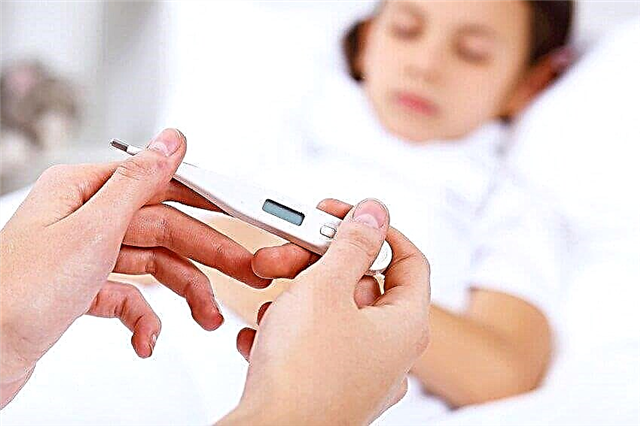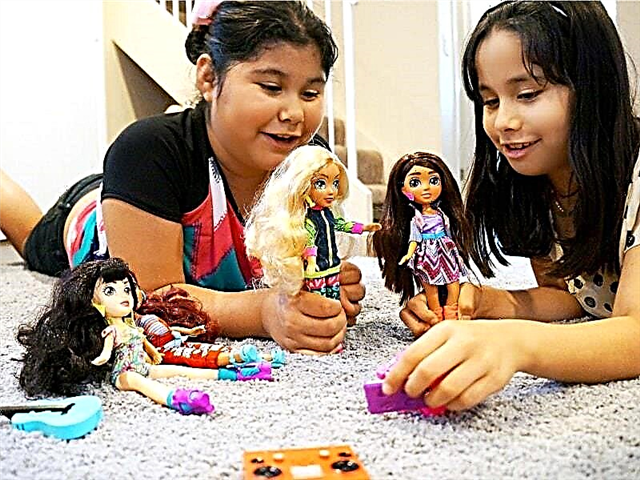Your baby is growing. And now six months have passed, and the child suddenly begins to cry and bite. The long-awaited moment has come for mom and dad - the appearance of the first tooth.
The order of eruption of milk teeth
There are certain periods of eruption - at 6 - 8 months. But every child is different. Therefore, it is considered the norm to be 6 months late or slightly ahead of schedule.
 The timing of eruption can be influenced by external factors - food, water, climate. The hotter, the faster the teeth appear. Therefore, summer is a great time of the year for this process.
The timing of eruption can be influenced by external factors - food, water, climate. The hotter, the faster the teeth appear. Therefore, summer is a great time of the year for this process.
Dentists say that the later the milk tooth comes out, the later it will fall out.
The first tooth must appear before a year.
Eruption begins with the lower incisors. Teeth can come in singly, in pairs, or even in four. The more teeth climb at the same time, the harder and more painful this process is for the baby. Then there are the upper incisors, followed by the second incisors.
The second upper incisors are especially hard to climb. They are located in the projection of the optic nerve. The eruption process can lead to conjunctivitis.
The molars and fangs are the last to climb. By the age of three, there are already twenty teeth.
Teething symptoms
- itchy gums.
The industry produces a ton of teethers that you can use to scratch your gums.
But a slice of apple should be given with care. If even one tooth sticks out, the child may choke on the fruit.
It is best to keep teethers in the refrigerator. Cold relieves itching;
- temperature rise.
The temperature can rise to 38 - 39 degrees Celsius within 3 days. Don't panic. It is the body's response to the passage of teeth through bone and soft tissue.
It is necessary to lower the temperature above 38.5 degrees Celsius with any antipyretic drugs allowed in childhood;
- loose stools.
Profuse salivation contributes to the fact that a lot of saliva enters the stomach, because of this, the stool becomes liquefied. The stool turns green. Also, one of the reasons is the acceleration of metabolism during eruption. Normally, indigestion lasts up to 3 days, bowel movements no more than five times a day, does not cause dehydration in the child.

Limit your intake of fruits and vegetables. Plenty of liquids - breast milk, rice water and fruit drinks. To maintain the intestinal microflora, you can give Linex. A child with such diarrhea should not lose weight;
- runny nose and first tooth.
In infants, the mucous membranes of the mouth and nasal cavities are located close to each other. Gums become inflamed during teething, a signal of inflammation is transmitted to the nasal mucosa. Hence the detachable.
To prevent an infectious process, rinse your nose with seawater a couple of times a day.
Teething remedies in babies
- non-drug:
- Gum massage;
- Drinking plenty of fluids at room temperature;
- Teethers made of silicone, rubber or plastic;
- drugs when teething in children to facilitate the process:
- Teething gels. They are divided into pain relievers, bactericidal and homeopathic.
- Anti-inflammatory toothpastes. An example is NSP's Green Tea Toothpaste.
The most popular teething medications are gels. They are characterized by a wide range of products and ease of use.
Kalgel - first aid for teething
Teething pain reliever gel containing lidocaine. It relieves pain instantly, but the effect lasts only 30 minutes. It can be applied from the age of five months, no more than six times a day. Has an insignificant antimicrobial effect.
Holisal with anise oil scent
Ranked second in popularity. Possesses the leading antimicrobial effect due to the content of the antimicrobial agent choline. Can be used from 12 months, with a frequency of up to 2 times a day.
Contrary to the instructions, Cholisal does not have an analgesic effect.
Kamistad - chamomile + lidocaine
Teething gel for gums. It has a good analgesic and anti-inflammatory effect.
Designed for older children. Leads to numbness of the tongue and lips, and a small child may bite them.
Dantinorm baby
 A magical homeopathic solution to facilitate teething.
A magical homeopathic solution to facilitate teething.
There is no age limit.
It can be used for up to 3 days by instillation into the oral cavity.
Dentinox
Gel for teething in infants with a pronounced analgesic effect. It is applied with rubbing movements on the sore gums.
It is used up to 3 times a day. According to the instructions, it has no age restrictions.
Milk teeth care
It is necessary to educate oral hygiene from the cradle.
- when the child has no teeth yet, you can remove food debris from the gums with a clean napkin 2 times a day;
- with the appearance of teeth, the oral cavity is taken care of with the help of toothpaste and a brush.
The toothbrush should be soft, with a small handle. And children's toothpastes with low fluoride content.
Caries prevention
- individual dishes;
- drinking after each meal;
- brushing teeth with fluoride-free toothpaste, starting with the introduction of complementary foods;
- annual examination by the dentist;
- restriction of sweets;
- inclusion in the diet of cheese, dried apricots, raisins and cottage cheese.
The most common problems of milk teeth
- the gap between the upper incisors. Speaks about the intensive growth of the jaw and a deeply located frenum;
- changes in tooth color. This is caused by excessive consumption of tea drinks or the use of certain groups of antibacterial agents. It is also necessary to exclude hereditary diseases of the liver and blood;
- bite anomalies. Associated with prolonged nipple sucking.
Milk teeth are a guarantee of permanent health. Follow all the hygiene and nutritional guidelines and a visit to the dentist will not be a challenge.
Article rating:



